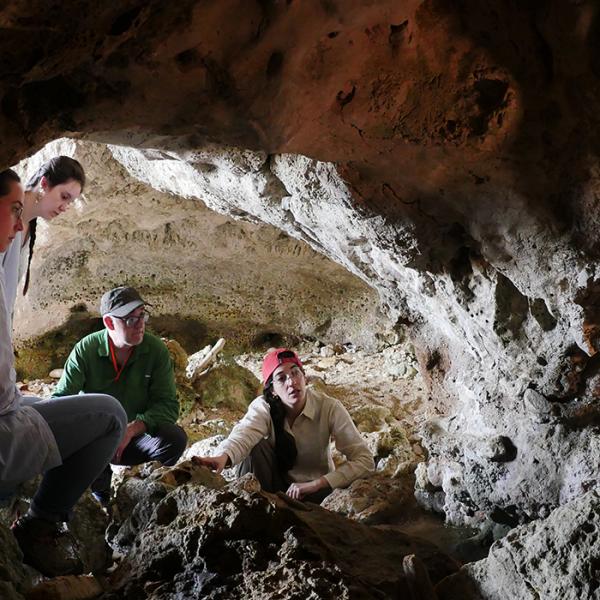Clarissa Cagnato

Maya archaeology has deep roots; however, many unanswered questions remain regarding the variability of ancient diets across the Maya region. My research aims at addressing the lack of information that archaeologists have on ancient Maya diets, especially in under-investigated areas such as northwestern Petén, Guatemala. I am therefore currently conducting comparative archaeobotanical analysis from two Classic period (AD 250 -900) Maya sites: El Perú-Waka’ and La Corona.
Although archaeologists have a general idea on what foods may have been consumed by the ancient Maya on a broad scale, the details on a smaller scale remain misunderstood. Therefore, I specifically ask the following questions: how diverse was the diet of the ancient Maya who inhabited the Neotropical Petén? And do the paleoethnobotanical data indicate changing patterns of consumption through time and space? To answer these questions, I am carrying out a systematic paleoethnobotanical analysis, which includes the recovery of macrobotanical remains, as well as microbotanical remains in the form of starch grains collected from stone tools (i.e. grinding stones) and ceramic vessels. Data collection is focused on the recovery of flotation samples and stone tools, and ceramics from areas of food processing and disposal, namely middens and chultunes, which are man-made pits, dug in bedrock.
As this is one of the few studies using systematic collection and analysis of flotation samples in this particular region, my research will contribute to our understanding of the plants consumed by the ancient Maya at the local level. Additionally, by comparing and contrasting these data to other Maya sites, we may come to a better understanding of individual Maya populations, and moving beyond the idea that the ancient Maya were one homogenous group.
In the past, El Perú-Waka’ and La Corona would have been strategically located along important trade routes that would have connected diverse resource-rich areas. Today, these archaeological sites, among many others, are located within the Laguna del Tigre National Park, which is part of the larger Maya Biosphere Reserve established by the Guatemalan government in 1990. This protected area continues to be under threat from both an ecological, but also from an archaeological perspective. Continuing research here not only allows for active presence of archaeologists in the region, but projects employ a large number of local workers in the area. Therefore, archaeological work provides a baseline for past environmental conditions that aid in the understanding of contemporary environment and dealing with conservation efforts.


